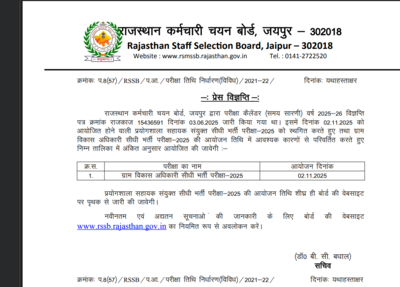
For decades, the Massachusetts Institute of Technology (MIT) has stood as a global beacon of innovation, blending rigorous academics with groundbreaking research. Known for producing leaders in science, technology, and policy, MIT continues to attract students from across the world who seek education that combines intellectual depth with real-world impact. Among its growing offerings, the Data, Economics, and Design of Policy (DEDP) master’s program has emerged as a unique, accelerated pathway for aspiring economists and policy experts.A master’s degree designed for flexibility and affordability The DEDP master’s program is deliberately structured to reduce both time and cost, allowing students to complete the in-person portion of the degree in just eight months, one spring and one summer semester. This accelerated format is made possible because applicants must first complete five online courses through the DEDP MicroMasters program. Students admitted to the master’s program receive academic credit for these online courses, ensuring that prior learning contributes directly to the degree. The MicroMasters courses themselves are designed with accessibility in mind. Fees range from $250–1,000 per course, income-based, making high-quality MIT education attainable for learners across the globe. This innovative model lowers the overall cost of the master’s while maintaining the same academic rigor that MIT is renowned for.
Breaking down the costs
The estimated tuition and fees for the in-person portion of the program in 2026 are as follows:
- Spring 2026 semester tuition: $32,155
- Summer 2025 semester tuition (capstone): $695
- Health insurance (spring and summer): $2,667
- Student life fee: $210
- Estimated living expenses: $29,242.50
This brings the total estimated cost to $64,969.50 for the eight-month program. It’s important to note that living expenses may vary depending on the location of the capstone project, and costs may differ if students attend with dependents or spouses. MIT’s estimates typically reflect a 12-month period, while DEDP students are on campus for only eight months, which can further reduce living costs.Funding and fellowship opportunities Financial support is available, though limited. Students can explore options through MIT’s Student Financial Services, and fellowships or scholarships are often awarded based on eligibility and need. For Mexican students, the Mexican Fund for Development of Human Resources (FIDERH) offers loans of up to 200,000 MXN with a 12-month grace period after graduation and low or no interest. In Brazil, the Lemann Foundation Fellowship provides scholarships and fellowships to support scholars committed to social transformation. Eligible students are automatically considered, provided they demonstrate financial need and are admitted to the master’s program. Additionally, the DEDP program itself offers a limited number of full and partial fellowships each year, depending on student eligibility, financial need, and funding availability.A program that redefines value in education For students weighing the cost of a master’s in economics, the DEDP program represents a strategic blend of affordability, flexibility, and academic excellence. By combining online preparatory coursework with a condensed, immersive in-person experience, MIT has crafted a pathway that reduces financial burden without compromising on learning outcomes. In a world where the economics of education often determine access to opportunity, MIT’s DEDP program demonstrates that innovation in learning design can open doors, both intellectually and financially, to the leaders of tomorrow.TOI Education is on WhatsApp now. Follow us here.






